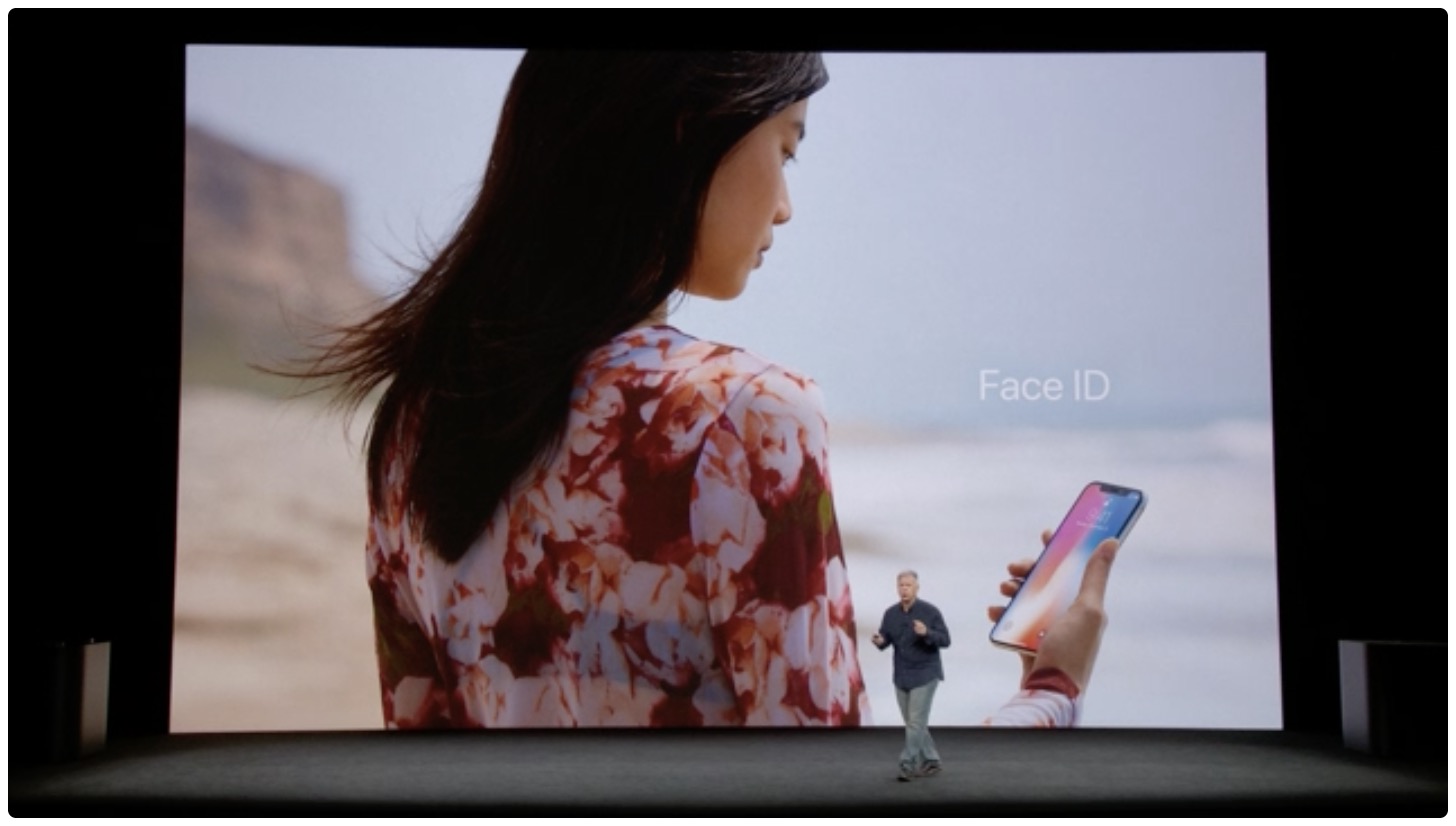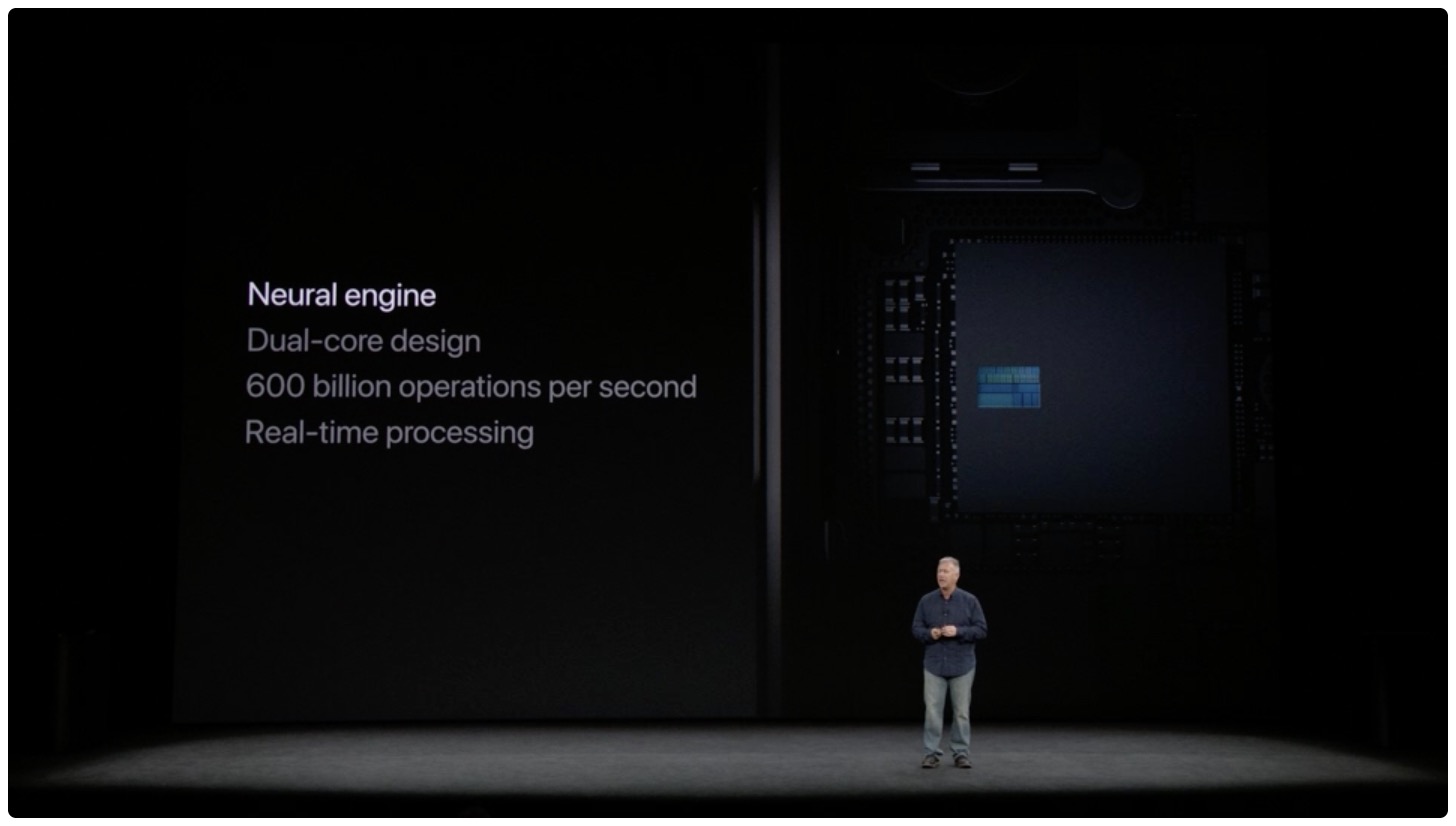
Apple’s facial recognition successor to Touch ID is here, and it is called Face ID. Now you can unlock your phone, authenticate Apple Pay, and create expressive animated emoji with just your face.
On the new iPhone X, Apple removed the ubiquitous Home button, and with it, Touch ID. Face ID is its replacement, and it is even more powerful.
You can do everything you could do with Touch ID, but now even more. To unlock your phone, you simply lift your phone, look at it, and swipe up to access your Home screen. It works in 3rd party applications like 1Password or Mint to protector your data. It even will authenticate Apple Pay. Just double tap the side button, glance at your phone, and hold near the payment terminal.
Additionally, Apple has looked for some fun new ways to take advantage of the Face ID technology. They call it Animoji, short for animated emoji. Inside of iMessage, you can now choose from a dozen characters that will mimic your facial cues. You can record short, looping videos where the emoji will move its face, and mouth to what you say and do. It maps 50 facial muscles in real time to achieve this very cool effect.
Security
Many people were concerned about the security and accuracy of such a technology. Touch ID had a possible chance of 1 in 50,000 that a random person could unlock your phone with their finger print. Face ID is even more secure in that it is now 1 in 1,000,000 that a random person could unlock your phone.

All data is processed locally in a neural engine inside of the A11 Bionic processor. That means all your face data is stored in your phone, and never sent to Apple’s servers. Just like Touch ID, all of that information is stored inside of the Secure Enclave.
Additionally, Face ID will not unlock your phone if you have your eyes closed, or are looking away. That way it is harder to accidentally unlock your phone.
Apple’s team of engineers specifically went above and beyond to prevent not only pictures of your from unlocking your phone, but 3D masks as well. They worked with Hollywood artists to create lifelike masks in order to teach the neural networks how not to be fooled by them.
How it works

Face ID lives in a new sensor array, located at the top of the iPhone X, known as the True Depth Camera System. It is made up of several different sensors and cameras. A dot projector, infrared camera and flood illuminator work together to detect your face, no matter the circumstance. It works if you have glasses, makeup, a hat, scarf, etc. Even at night! It even evolves over time as your face changes. Whether you grow a beard, or change your hair.
To do this, it projects more than 30,000 IR dots that are invisible to the naked eye. The infrared image and dot pattern are pushed through neural networks in order to create a mathematical model of your face. That is stored inside of that Secure Enclave on your iPhone and used to detect a match when unlocking your phone.